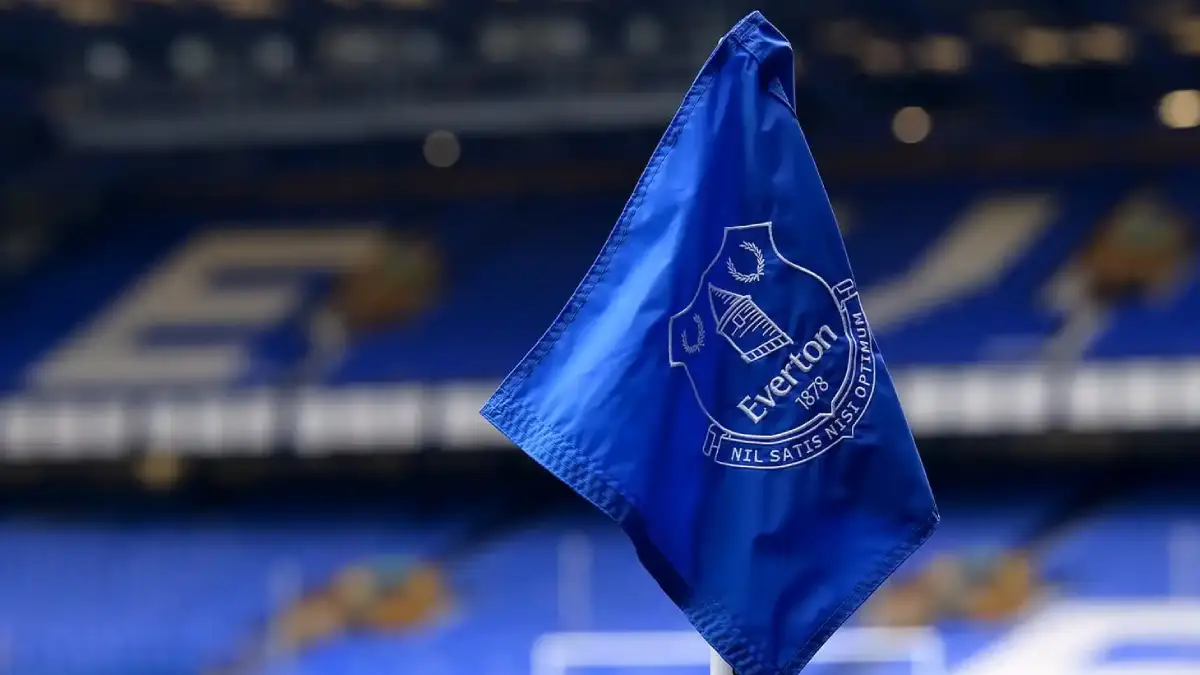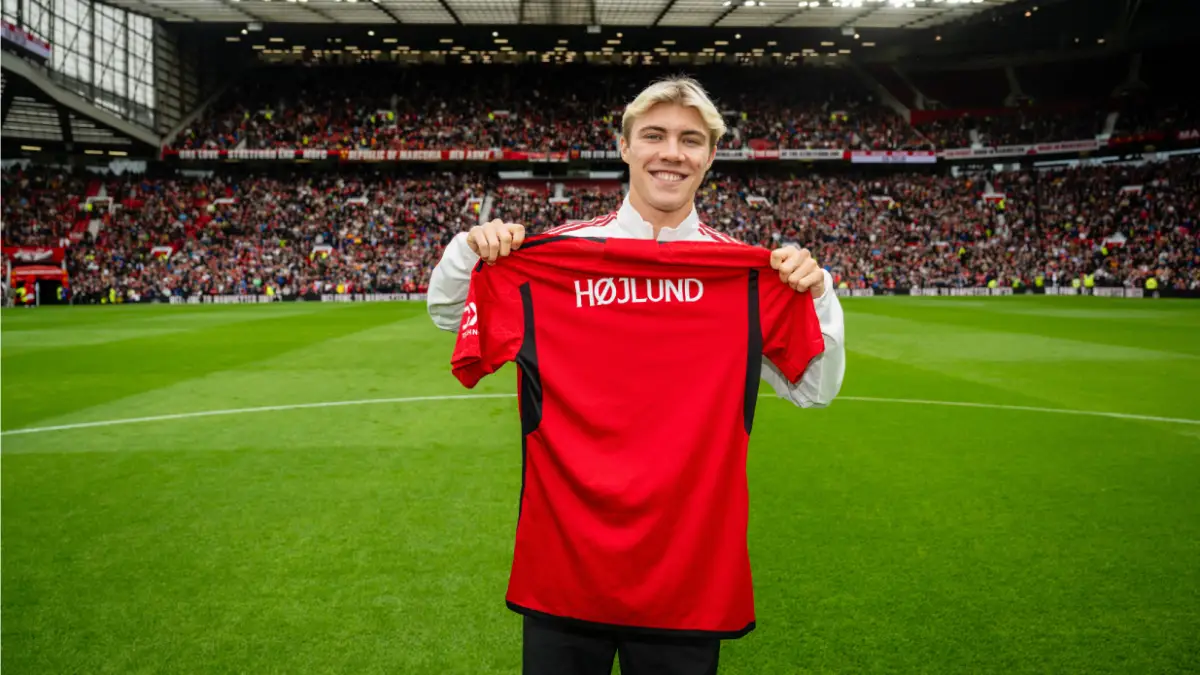In the aftermath of a hard-fought, five-set defeat by Stefanos Tsitsipas at this year’s Wimbledon, Andy Murray found himself grappling with a mix of emotions as he faced the press. Despite leading two sets to one overnight, the British tennis icon couldn’t clinch the victory. As questions about his future participation at Wimbledon arose, Murray’s response was uncertain.
Yet, the world of tennis is relentless, and the life of a professional tennis player demands an ability to swiftly pivot from triumphs and losses. This fundamental aspect of the sport pushes players to focus on the present while utilizing past experiences to drive improvement.
Following a period of introspection after his Wimbledon loss, Murray emerged as a spectator for the Wimbledon final, where he watched Carlos Alcaraz defeat Novak Djokovic. In this act of spectatorship, he instinctively resumed his role as a learner, capturing videos of both players and analyzing their decision-making to potentially refine his own game. Concurrently, he engaged in honest discussions with his team, evaluating his approach to the game.
“I wasn’t entirely satisfied with my performance in the Tsitsipas match,” Murray candidly reveals. “After the game, I started making changes to my game and had in-depth discussions with my staff about how to enhance the areas of my performance that needed work. To succeed at a high level and win matches of this caliber, I needed to recalibrate my strategies.”
The recent match against Tsitsipas, a riveting contest against the current world No 4, highlights not only Murray’s relentless pursuit of excellence but also his response to adversity. At present, Murray occupies a unique position in his career trajectory. Ranked No 36 globally, this is his highest ranking since undergoing hip resurfacing surgery in 2019. It undoubtedly marks a significant period of resurgence in his career, considering the challenges he has overcome due to his hip issues.
However, from the vantage point of a tennis luminary accustomed to grand slam victories and global acclaim, the current position may appear insufficient. Yet, for a 36-year-old who continues to compete with a resurfaced hip and has dedicated four years to a painstaking journey back to the top 50, the progress is undoubtedly commendable. Few individuals in a comparable situation would have achieved such a feat.
Each time he steps onto the court, Murray confronts this duality of perspectives, striving to maintain a sense of proportion while motivating himself to achieve more. Murray acknowledges, “Naturally, I aspire to perform better. A higher ranking and deeper runs in prestigious tournaments are objectives. Nonetheless, there is a need to strike a balance. I presently hold my highest ranking since the hip operation. This achievement makes me genuinely proud.”
Reflecting on the extensive timeline since his operation, Murray notes the substantial effort invested to regain his place within the top 40 globally. His aspirations do not halt here. “The operation occurred quite a while ago. I’ve invested substantial effort and dedication to regain my standing in the world of tennis. With the year still ongoing, I am confident I can elevate my ranking further. This isn’t the limit for me. I firmly believe I can ascend even higher.”
Murray’s encounters with top-tier opponents this year reinforce this conviction. In 2023, he boasts a 3-2 record against players within the top 20 rankings. Notably, two of his three matches against top-10 opponents – Tsitsipas and Taylor Fritz – extended to the decisive moments. His physical condition and movement have improved significantly since 2018, defying expectations. Although plagued by injuries in 2021, aside from withdrawing from the French Open, Murray has maintained a full tournament schedule. However, inconsistencies against lower-ranked players persist, along with challenges in sealing victories against elite adversaries.
Murray assesses his standing, stating, “My opponents likely share a similar sentiment – that I’m playing beyond the level of a 40th-ranked player. My performance holds promise, and this positive outlook propels me. Continual growth, learning, and honing the right facets of my game will undoubtedly elevate my ranking, leading to more victories against the best in the sport.”
A month subsequent to Wimbledon’s conclusion, Murray’s tennis journey led him to North America. Participating in the ATP 500 event in Washington, he progressed to the third round before narrowly falling to world No 9 and top seed Taylor Fritz in a closely contested match. Murray showcased an aggressive, daring playstyle, creating opportunities in the final set that could have resulted in an impressive victory. Despite the outcome, Murray acknowledged his growth.
“Despite the loss to Fritz in Washington, I derived satisfaction from my approach and performance. Implementing adjustments and techniques I’ve been working on often takes time to manifest. The fact that certain improvements integrated swiftly is a positive indicator.”
Continuing his pursuit of excellence, Murray reached the third round of the Toronto Masters 1000 event, setting up a notable clash with eventual champion Jannik Sinner. Unfortunately, an abdominal injury forced Murray’s withdrawal from the match.
As we spoke amid a rain-soaked Monday morning in Cincinnati, Murray awaited the weather to clear, considering whether to proceed with practice or withdraw to recover before the US Open. Regardless of the decision, Murray remains resolute, his aspirations undimmed.









